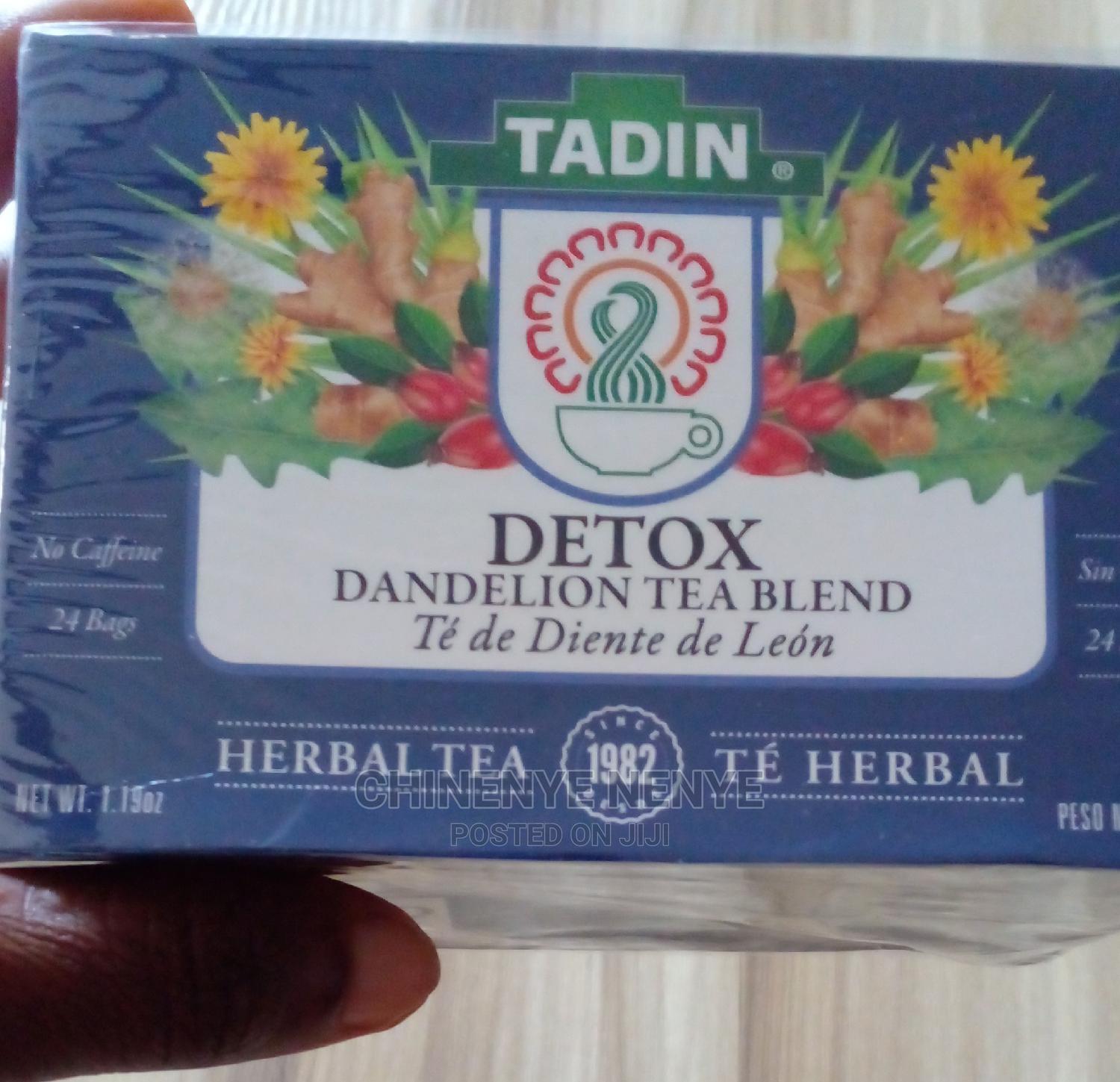
You may find that carbo-loading foods are helpful for endurance events like marathons, ultramarathons and triathlons. These types of activities require a large amount of energy, and carbo-loading foods can help prevent muscle depletion. You should avoid carbo-loading if you are not running a marathon or an ultramarathon.
The term carb-loading is used to describe carbo-loading meals that are consumed in the hours and days before an endurance event. Remember to eat foods that have a low glycemic score, as they can lower your blood glucose levels. For example, a high protein meal can be a better option than large pasta dishes, which could boost your performance.
In general, a healthy diet should include at least a few carbo-loading foods. It is best to carb-load two to three days in advance of an event. Your muscles will feel rested and ready to go when you do this. Aim for 2.3 to 5.5g of carbohydrate per kilogram body weight daily. Crackers, chicken noodle soup, or any other food that can be tolerated if you are unsure about your caloric intake.
Glycogen stores are only good for 30 minutes of exercise. By carbo-loading foods prior to a workout, you'll extend the period of time that glycogen is available. You will have more energy to sustain you and less time for fatigue. This can boost your performance during marathons or intense runs. If you're concerned about your diet, you can donate any leftover carbohydrates to the Missoula Food Bank. It will be a great decision.
Carbo-loading won't be beneficial for professional athletes during long-distance races. For basketball games, soccer games and football, games can last approximately two hours. Since runners spend most of their training time standing, they won't be able carbo-loading in the run. However, marathoners can reap the benefits of carbo-loading, since extra carbohydrates can help them recover in the long term.

When you're training for a marathon you need to carb-load before you race. Marathoners should consume about four pounds more than normal. This is an indicator that they have successfully carb-loaded. These extra carbs will enable them to store threeg of water which will make them more competitive in the race. As a result, they'll have enough fuel and hydration for the entire duration of the event.
Carbo-loading offers nutritional benefits but also carries risks. Avoid refined carbs if you are preparing for endurance events. You are more likely to experience a spike in blood sugar if you eat these foods. Refined carbohydrates can also cause blood sugar swings that are dangerous. These spikes can make you feel tired and hungry, and can even lead to a serious condition called diabetes.
Choose carbo-loading food options that are low-fat or low-fiber. High-fiber foods may have some health benefits, but they should be limited. Too much fiber can cause stomach discomfort. As a result, you'll need to focus on low-fiber and high-carbohydrate sources. You can add fat-free foods and snacks to your diet. These are often the same foods as those used to make a diet rich in carbohydrates.

Carbo-loading food should only contain low-GI carbohydrate foods. However, you should be aware of the possibility that high-fiber foods can cause digestive issues. Because they are high sugary, this can cause digestive problems. Low-GI foods are best for endurance sports. In addition to limiting your intake, you should avoid eating more than you need.
Carbo loading is important. It's crucial to understand your caloric requirements. You should be aware of your caloric requirements to compete in an endurance event. In general, you should consume approximately 35 grams of carbohydrate per kg of body weight. Remember that carbohydrates do not provide endurance. In fact, they can cause stomach issues. Before running a marathon or ultramarathon, you need to be aware of what carbo-loading food is.
FAQ
How much does a culinary school cost?
Costs for culinary school vary depending on where you live, how long you study and which program you choose. The annual tuition average is between $10,000 and $30,000 Most students graduate with about $20,000 in debt. Some programs offer work-study, grants, scholarships and grants.
How do you choose the right career path to become a chef? How do I begin my career as chef?
Apprenticeships are a great way to get started if you want to become a chef. Apprenticeships let you work for many years and pay no tuition fees. You can apply to become a sous-chef after you have completed your apprenticeship. Sous chefs oversee cooks and help them make salads and desserts. They also supervise the operation of the restaurant.
What can I learn about cooking?
There are many cooking classes available all over the country. Many schools offer courses on baking, pastry, or wine tasting. You can learn more about how to cook by enrolling in a class at either a local vocational school or community college.
What skills is required to attend culinary school
A chef's job requires you to be able cook well under pressure and understand food safety regulations. Cooking classes can be taken at high schools and community colleges to learn the basics of cooking. After you have learned the basics, you can apply for jobs in a restaurant or catering business.
How do I become a chef?
You must complete a degree in culinary arts to be able to apply for a job at the table as a professional chef. The next step is to join a professional association like the American Culinary Federation. This association offers certification exams as well as networking opportunities.
Statistics
External Links
How To
How to cook a steak
The thickness of any meat will dictate the cooking method. Thicker steaks cook best at low heat. Thicker steaks require higher temperatures.
Also, don't cook them too long as it will cause loss of flavor. Make sure to remove the steaks from the pan after it is done. This will help you avoid burning your skin.
The size and desired doneness of the steak will affect the cooking time. Here are some guidelines to help you get started:
Medium Rare: Cook to medium rare. This means that the internal temperature should reach 145degF (63degC). This will take between 3 to 5 minutes per side.
Medium: Cook till medium. This usually takes about 6 minutes per side.
When done well, cook until the internal temperatures reach 180°F (82°C). This typically takes 8-12 minutes per side.